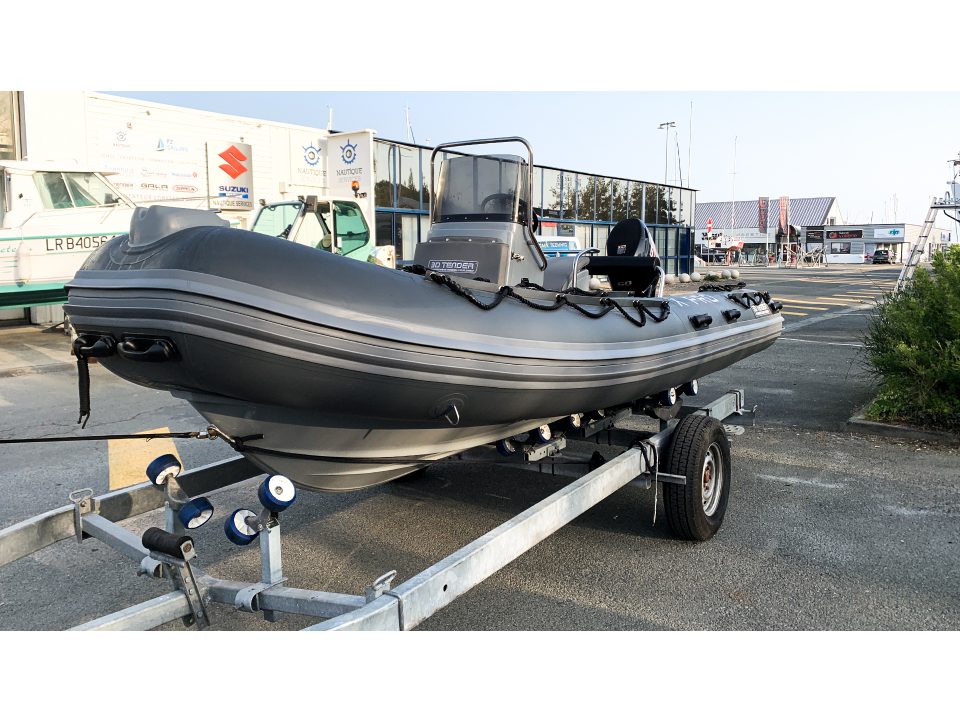
- 18/10/2023
Everything you need to know about winterizing, thanks to 3D Tender
- Because you need to take good care of your RIB, even when you're not using it, we're sharing our tips for preparing your boat for winter storage.
It's the beginning of the off-season, and with it, the time to take your boat out of the water and put it under cover. Find out how and why you should properly winterize your RIB, with 3D Tender's advice.
What are the dangers of not winterizing?
Leaving your boat at anchor or unsheltered for long periods can lead to potential defects on the surface of your dinghy, especially the floats, which are vulnerable to weathering, sunlight and seawater degradation.
Taking good care of your RIB's winter storage means avoiding unwelcome surprises when the warm weather returns!
If you want to see as few stains as possible on your boat, or avoid having to replace your floats, here are our wintering tips.Leave nothing on board
To avoid exposure to the elements, the cold, or even theft, it's essential to remove all equipment on board before storing the boat, including electronics, cushions, accessories and safety equipment. This is also the time to check the condition of all equipment, so that it can be replaced if necessary.

Cleaning the boat
Once removed, you can then clean the cushions and equipment to remove any mold, mildew or other impurities. The cushions should then be stored in a dry place, away from insects and the risk of mold and mildew caused by humidity.
Storing the electronics, including the battery, in a dry place will prevent any malfunction or risk of breakdown once they are reinstalled.
After the equipment has been installed, the boat itself needs to be cleaned to prevent damage.As explained in our article on dinghy maintenance, we advise against the use of aggressive products, including acetone, which should be used with great care. We recommend soap-based or specialized products which are highly effective on the surfaces of your floats and floor. Avoid high-pressure jets, which can damage your tires.
The maintenance of your motor is not to be taken lightly either. It's best to remove it from your boat when it's in storage. To do this, rinse it with fresh water, and drain the fuel and oil, to avoid problems during long storage periods.
And storage!
Once dry, you can move on to the storage stage.
It's recommended to deflate the floats, to avoid overpressure caused by temperature changes.
Storage can be on a trailer in your home, or in a dedicated dry warehouse.



